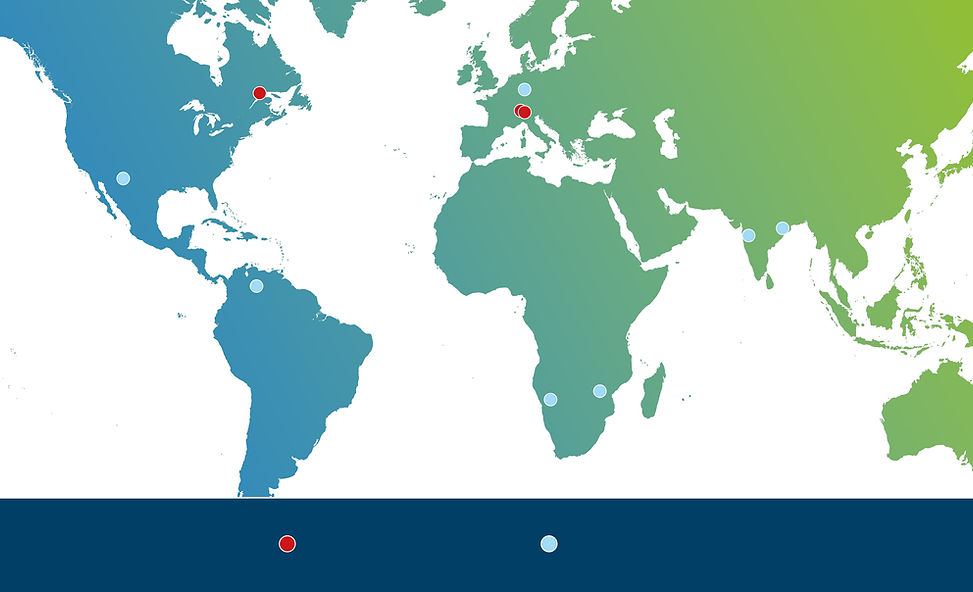
Grow Your
Biochar Business
Developing your biochar project into a carbon asset is key to boosting business opportunities and sustainable impact at the same time. First Climate is your reliable partner for project certification, management and marketing and for growing your biochar business sustainably and successfully.
Get more from your biochar with carbon credits
Biochar is a product with remarkable qualities – both for users and the climate. However, securing financial feasibility can be challenging in a pioneering market. Issuing certified carbon removal credits is a valuable opportunity to create revenue streams and additional funding for your project.

As one of the leading solutions providers in the voluntary carbon market and with 20+ years of experience, First Climate guides you through all relevant steps of the certification process.
Work with us to:
-
Secure long-term revenue through carbon credits
-
Gain access to additional project financing
-
Make your business resilient with the highest standards
-
Profit from new marketing possibilities through our worldwide
client-network of dedicated companies
From biochar to carbon credit in just five steps
- 01
- 02
- 03
- 04
- 05
Key Facts

Removal capacity equal to 400,000 tons under development

Retiring removal credits on behalf of corporate clients since 2019

Development of projects
on 4 continents

Standards:
VCS, Gold Standard, Carbon Standards International, Puro.earth
Our biochar partners and producers
Our biochar partners are at the heart of our carbon removal program. We collaborate with innovative producers around the world.
Together we are ready to boost biochar's climate impact globally. Learn more about our partners and why they chose to work with First Climate.
Active Projects
Projects in Implementation

Landmark Biochar Project “CARBONITY” with SUEZ

INKoh
Model Project: Biomacon's Pyrolyse Plant for "INKoh" biochar

APD
Model Project: Biomacon's
Pyrolyse Plant "APD"
Our partner for heat shield pyrolysis technology: Biomacon

Biomacon GmbH is a leading supplier of high-quality pyrolysis processes and one of the first companies worldwide to build pyrolysis plants on a large scale. Biomacon’s plants utilize resource-conserving methods to produce climate-positive biochar. In addition, renewable heat is generated in an environmentally friendly way for private or industrial consumption.
Learn more about our partner Biomacon.

Charnet
First Climate is a member of Charnet, the Swiss professional association for biochar. Charnet supports the production of high-quality biochar and aims to sustainably tap into its full potential.
With a comprehensive network of stakeholders along its entire value chain, the association supports an exchange of experience and know-how. Charnet is an intermediary between research, politics and public authorities.
FVPK
The professional association FVPK (Fachverband Pflanzenkohle) was founded in 2017 and promotes the sustainable production and use of biochar.
FVPK is a partner for research, practice, and political decision-makers. As a member, First Climate supports the crucial work and development of the association.




